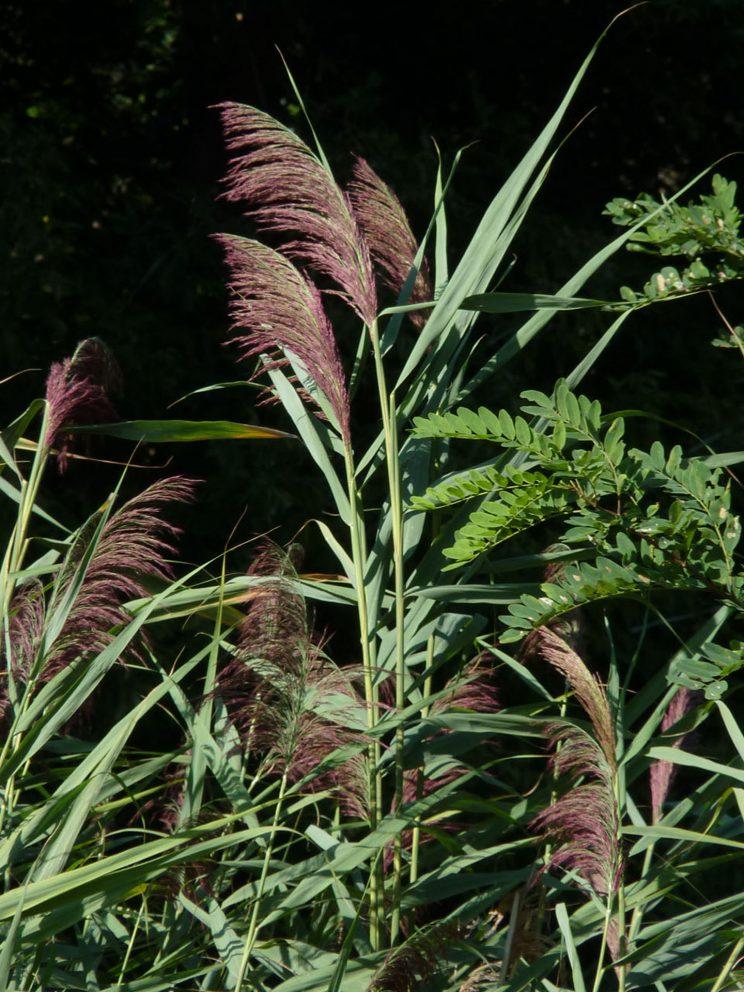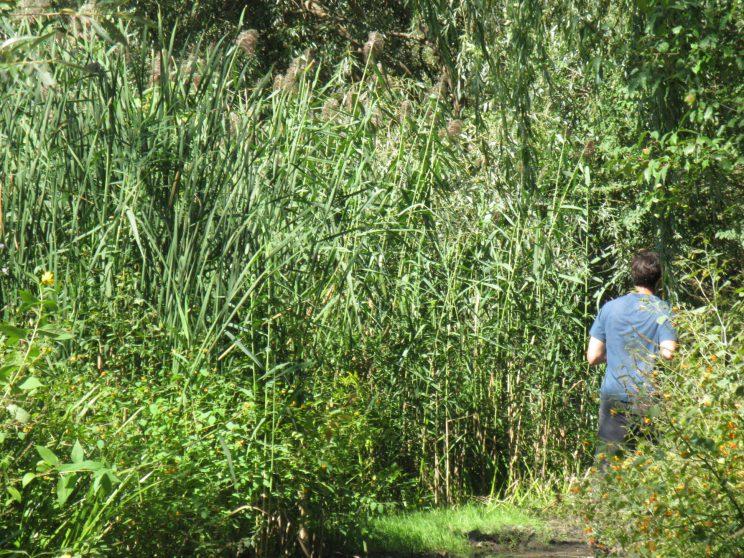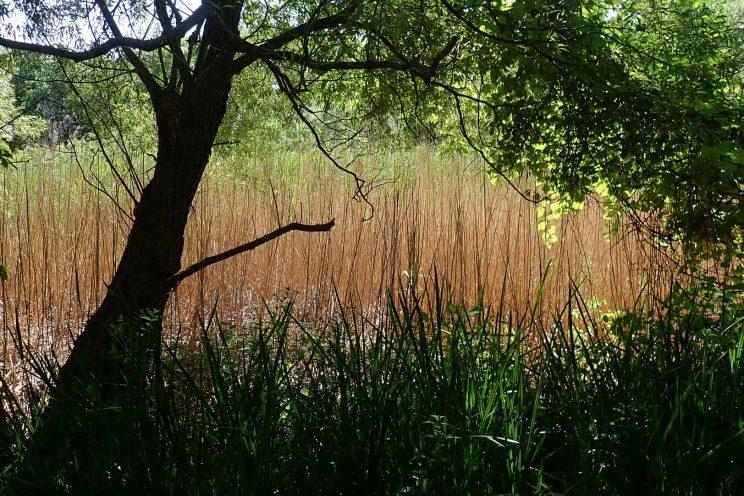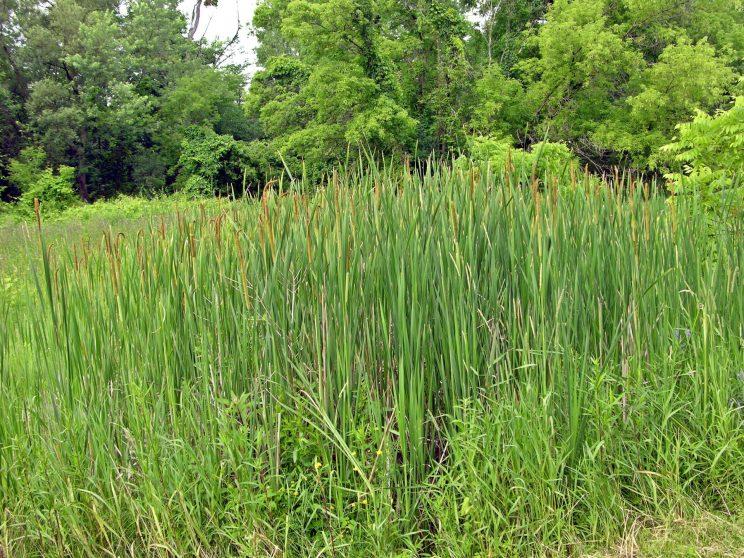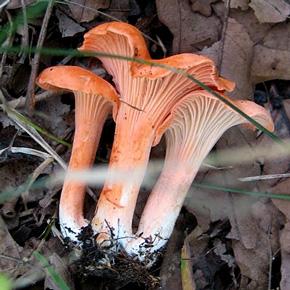by Ken Sharratt
An alien invader is among us in Grenadier Pond. It has taken up residence along sections of the shoreline and in the marshes. Known as Phragmites, or the Common Reed, it is the most widespread plant on earth.
The invasion of Grenadier Pond
Phragmites colonization commonly occurs in disturbed marsh areas where plant communities, hydrology and topography have been altered through natural events such as floods and erosion, or human interventions such as pedestrian traffic, intentional flooding, dredging and soil disposal.
The germination success of phragmites increases with increasing temperatures while the time required for germination decreases as temperatures rise. For that reason, global warming enhances the plant’s ability to flourish.
The phragmites’ erect stems typically grows to 2 to 6 metres (6 ft 7 in to 19 ft 8 in) tall, with the tallest plants growing in areas with hot summers and fertile growing conditions. It has a hollow stem, stiff wide leaves and large plumy flowers. It commonly forms extensive stands of tightly-matted plants.
The plant is a highly successful colonizer in that it reproduces by spreading its seeds and by horizontal runners (rhizomes) which put down roots at regular intervals. It can grow 3 metres or more per year. It is also versatile, with the ability to grow in damp ground, in standing water (up to a meter or so deep), or even as a floating mat.
Impacts and Challenges
Phragmites is an invasive species. Invasive species are plants, animals or microorganisms whose introduction or spread threaten the environment, human health and/or the economy. Invasive species can alter how natural ecosystems function. They also often form clusters of a single species that displace most other native plants, animals and birds within an area. The negative impacts of invasive species are second only to the destruction of natural habitats as the leading cause of biodiversity loss.
In the case of Phragmites, its continuing spread is causing serious problems for many other North American wetland plants. Like many invasive species, it is resilient to disease and pests, hardy (well-adapted to many climatic and soil conditions) and has a high reproductive rate with high viability of offspring. It can tolerate standing water at various levels, low oxygen levels, salt water and acidic sediments, which allow it to thrive in disturbed habitats, such as roadside ditches or disturbed wetlands. In addition, the plant has a chemical weapon: it exudes an acid from its roots so toxic that the substance literally disintegrates the structural protein in the roots of neighboring plants. In this way, it topples the competition.
In Grenadier Pond, it has taken over an area where cattails, other emergent vegetation and open shore previously prevailed. The plant now forms a virtually impenetrable wall between the walking path and the pond, obstructing our view and possibly reducing available nesting areas. Conversely, the same wall provides shy wading birds some privacy from people and domestic pets that pass on the walking path.
Once established, Phragmites stands are difficult to control. The best approach is to monitor their growth through early discovery and to remove them regularly. Application of herbicides can be effective in killing established populations of Phragmites, but may also kill other, more desirable plants in the area. As well, if the site is not monitored thereafter, any surviving plants can quickly reoccupy the area.
Sources
See also
- Ontario Phragmites Working Group
- Invasive Phragmites Best Management Practices in Ontario, 2021
- US Dept. of Agriculture - Natural Resources Service and National Agricultural Library factsheet
- Science Daily, Oct. 15 2007 article
- Simcoe Reformer Article about treatment results

